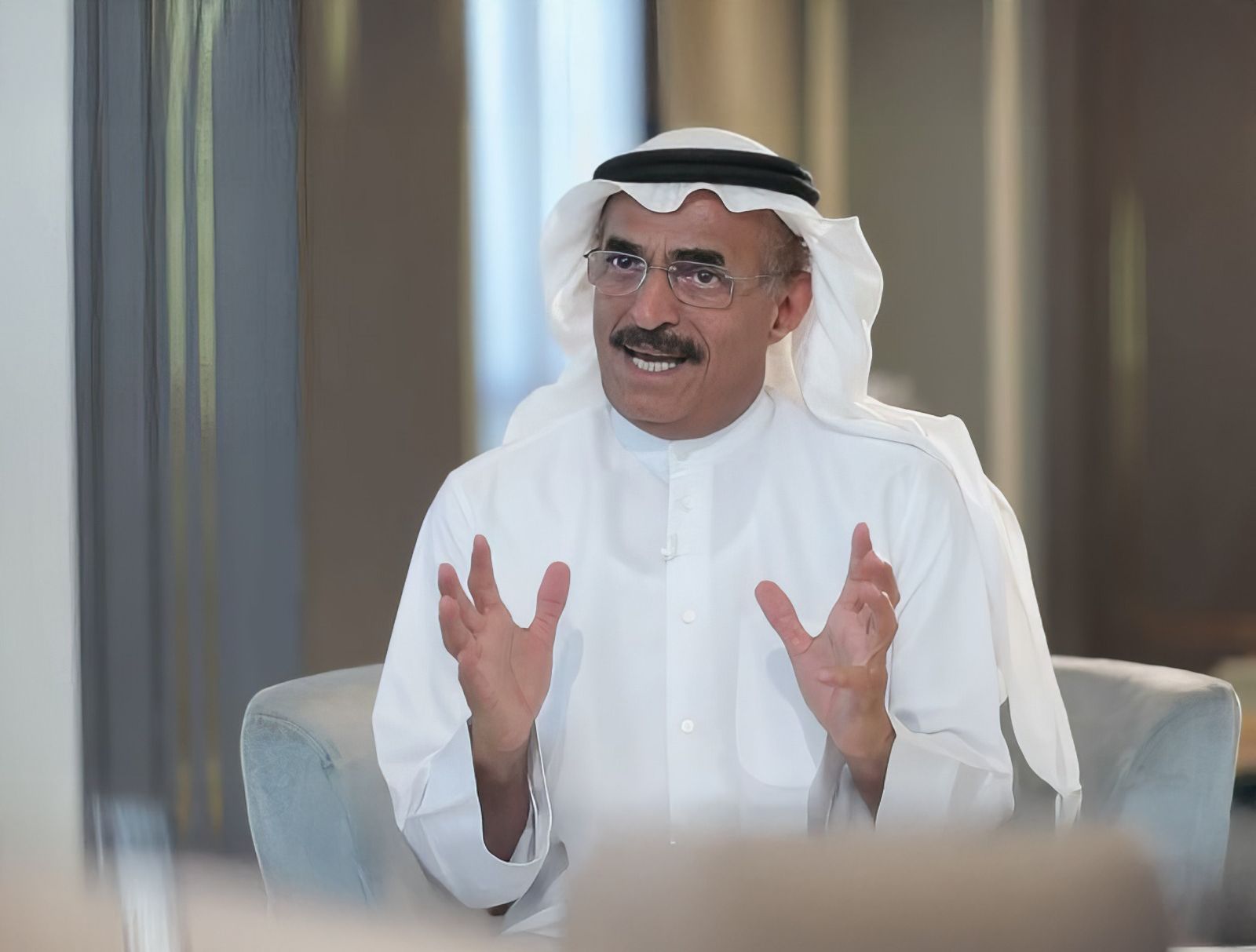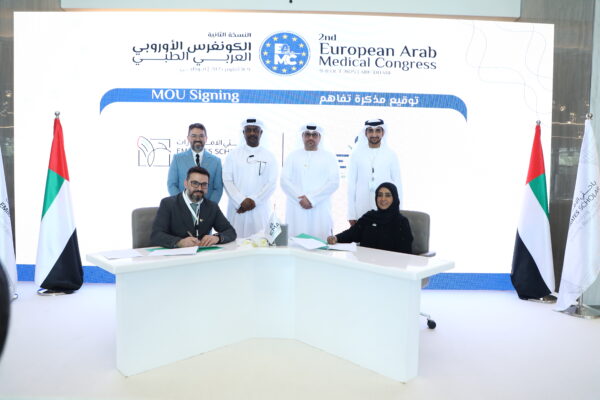Reimagining Plastic: A Treaty for Humanity’s Tomorrow – by H.E Dr. Abdulla Belhaif Al Nuaimi

As plastic pollution is hitting new bottoms of crisis, the world is at a crucial juncture. The time is now that a legally enforceable global agreement to combat plastic pollution is brought into force throughout its complete life cycle — from creation to disposal.
Plastic- a marvel of modern ingenuity, has stitched itself into the fabric of our lives. From intravenous tubes in hospitals to the silent plastic tides off Ras Al Khaimah’s shores, it carries both promise and peril. But today, the world is poised to reclaim that narrative.
As delegates gather in Geneva to finalize negotiations on the Global Plastics Treaty, we must ask: can we, collectively, rewrite the legacy of a material that has become emblematic of convenience and carelessness?
From Pollution to Circular Potential
This treaty transcends mere regulation. It is a call to conscience- one that spans the entire lifecycle of plastic: extraction, production, design, use, and, crucially, its afterlife.
It represents an epochal shift away from linear consumption toward circular dignity-where products are designed to regenerate, not deteriorate. In essence, it is an economic reform stitched into environmental restoration, where growth no longer leeches from nature but harmonizes with it.
Consider that over 400 million tonnes of plastic are produced globally each year. Only 9% are recycled. The rest? A trail of microplastics in our food, our fish, and increasingly, our bodies. This is not waste- it is a symptom. The disease is disconnection: between consumer and consequence, profit and planet.
A Treaty for All- Not Just the Few
It is no secret that the burden of plastic pollution weighs disproportionately. While wealthier nations export waste, many others silently bear it—along our coasts, in our deserts, and in informal recycling hubs with neither protection nor dignity.
The treaty must anchor sustainability in justice. It must:
- Facilitate technology transfer to developing regions
- Finance equitable infrastructure for waste management
- Establish global eco-design standards to eliminate planned obsolescence
- Protect the informal workforce that survives amidst plastic refuse
Without these pillars, sustainability becomes selective- a luxury for some, an illusion for many.
The Ripple Effects of Reform
If adopted in earnest, this treaty would touch far more than packaging. It would recalibrate climate strategies by reducing emissions from plastic production and incineration. It would influence urban planning, enabling waste systems that are circular rather than terminal.
It also speaks to our cultural memory. Just as the UAE has preserved falaj irrigation systems and wind towers in urban design, so too must we channel heritage into the future- creating systems that value conservation, community, and care.
Here’s a glimpse at what transformation looks like:
Impact Area Sustainable Shift
- Climate Resilience- Lower emissions across the production chain
- Urban Renewal- Circular systems integrated into smart cities
- Social Equity- Improved livelihoods and clean environments
- Public Health- Reduced exposure to toxic additives and microplastics
- Cultural Awakening- New norms rooted in stewardship and solidarity
A Closing Reflection
In the UAE, we often speak of Al Meezan- the balance. Sustainability, at its core, is balance: between consumption and conservation, between short-term gain and long-term wellbeing.
The Global Plastics Treaty invites us to restore that balance- not through guilt or grief, but through vision. The world needs more than technical solutions- it needs poetry, empathy, and bold architecture for futures that include all.
Let us not treat this treaty as an end. Let it be a preface- to cities that breathe, economies that regenerate, and a planet that remembers its dignity.





